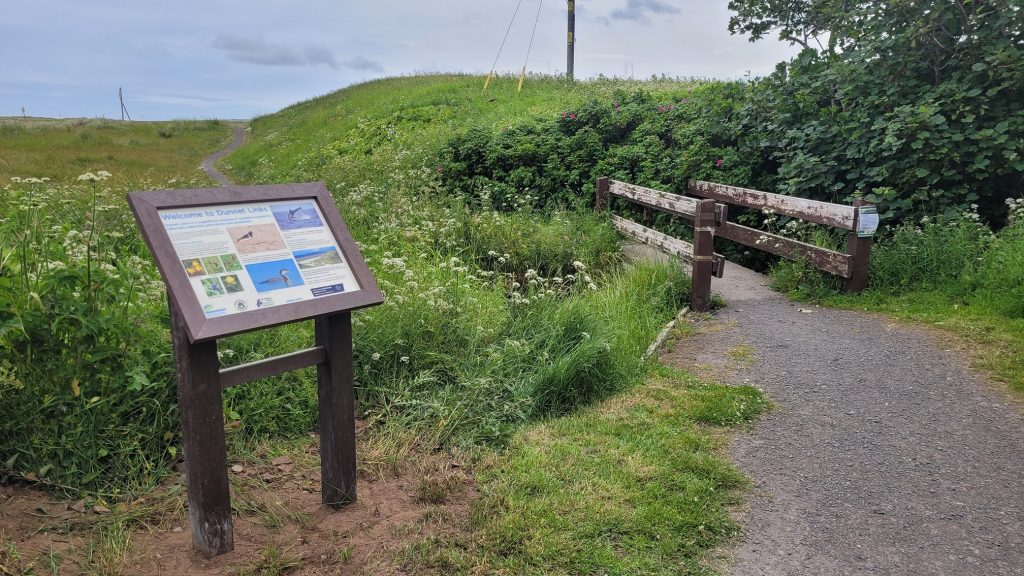
High Life Highland Countryside Rangers and NatureScot have unveiled two new interpretation panels at the north and south ends of Dunnet Bay in Caithness.
Dunnet Bay boasts some of the most stunning coastline in the far north of Scotland, but it is also a fragile habitat for many species.
NatureScot in partnership with the High Life Highland Countryside Rangers produced the two identical panels to highlight the special scientific importance of the sandy bay, and how to enjoy responsible access to the beach.
Operations Officer at NatureScot Craig Smith said: “Dunnet Links is a magnificent coastline backed by nationally important sand dunes and grasslands.”
The area is protected as a Site of Special Scientific Interest for the dune system, which extends over 3km inland into the largest stretch of links grassland in mainland Scotland.
The importance of Dunnet Bay’s dune system lies in its spectacular scale as well as it’s species-rich grassland habitat and boasts outstanding diversity of plant species such as bird’s foot trefoil, field gentian, frog orchid and kidney vetch, the only food plant for the most northerly population of small blue butterfly.
HLH Ranger for North Sutherland and North Caithness Paul Castle said: “We are delighted to have partnered on the design and installation of these interpretation boards, which will help inform visitors on how to respect wildlife whilst visiting remote conservation areas.
“Our thanks go to local landowners for granting permission for the panels to be installed at Dunnet Bay.
Information includes details of some of the varied wildlife species including Oystercatchers and great northern divers.






